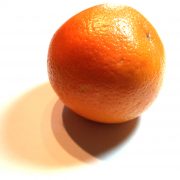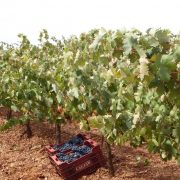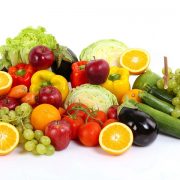EU wine harvest: extreme weather events will likely lead to mixed results
The EU wine production is forecasted to remain roughly stable compared to the previous year but fall short of reaching the 5-year average (2017-2021) with important within-country disparities resulting from droughts and high temperatures recorded during the spring and summer months.
The three major producing countries, Italy, France, and Spain, are expected to produce 130.2 million hectolitres, representing a slight increase (+1.1%) from the 128.7 million hectolitres produced in 2021/22 and a slight drop (-2.1%) from the 5-year average of 132.9 million hectolitres. Decreases in yields are recorded in most of the other producing countries.
For Luca Rigotti, the difficulties brought by the droughts and high temperatures across Europe have demonstrated that “producers are committed to mitigating the impact of climate change and preserving the environment.
Winegrowers and cooperatives are innovating and applying good practices that respect the environment (pruning waste, efficient irrigation systems, reduced phytosanitary treatments) without compromising the quality of our wines.”
The forecast figures are subject to deviations in view of the climatic conditions that will determine the coming weeks of harvesting, especially with regard to the productivity of grape varieties of medium-late ripening.
Situation per country :
A stable production compared to the previous marketing year is expected in Italy, despite the adverse meteorological events, namely droughts and high temperatures. The lack of precipitation has facilitated the control of fungal diseases, thereby reducing the number of phytosanitary interventions. Following a very low 2021 harvest decimated by the spring frosts, wine production in France is forecasted to recover. Approximately 44 million hectolitres will be produced in 2022, representing a 16.2% increase from 2021.
In many regions, the harvest commenced unusually early due to the high temperatures. Frosts in the spring, followed by hail and heatwaves, mainly affected the vineyards of the South-West and the Charentes. The lack of rain and the high temperatures in the summer have reduced the volumes expected in several regions, whereas the drought reduced them in others. · The scorching temperatures and droughts afflicted vineyards in Spain which suffered from the lack of rain and water (reservoirs’ capacity had dropped to 36.9% from the 55.6% average).
Similarly to Italy and France, the 2022 harvest was advanced by 2-3 weeks due to the weather which has contributed to good-quality and disease-free grapes. · In Portugal, production is forecast to reach 6.7 million hectolitres. The 9% decrease compared to the previous marketing year 2021/22 is due to water scarcity and high temperatures infringing on grape maturation. Grapes show a good phytosanitary state with no records of pests or diseases. · Winter and summer droughts, especially during the vegetation development, have impacted the yields in Hungary. Precipitation in late summer and early autumn is expected to result in a production drop of nearly 20%. · In Austria, the drought and heat are likely to lead to a slight decrease of production (- 2.5%) from the 2021/22 levels and the 5-year average. ·
Wine production in Slovenia is expected to be reduced by 14% compared to the previous marketing year 2021/22, which was already low due to the spring frosts, and by 30% from the 5-year average. The principal reason accounting for the decrease is the drought that hit all wine regions in the country.
The good weather experienced in 2022 has led to fewer diseases and as a result wine production in the Netherlands is expected to increase by 10%.
Continuous and heavy rainfalls in Greece are affecting the harvest which is forecasted to be lower than initially anticipated. Yet, there are no figures available due to the situation still evolving. The harvest is still on-going in Germany and Luxembourg. As the situation is very heterogenous, no data concerning the yield are available yet.
















